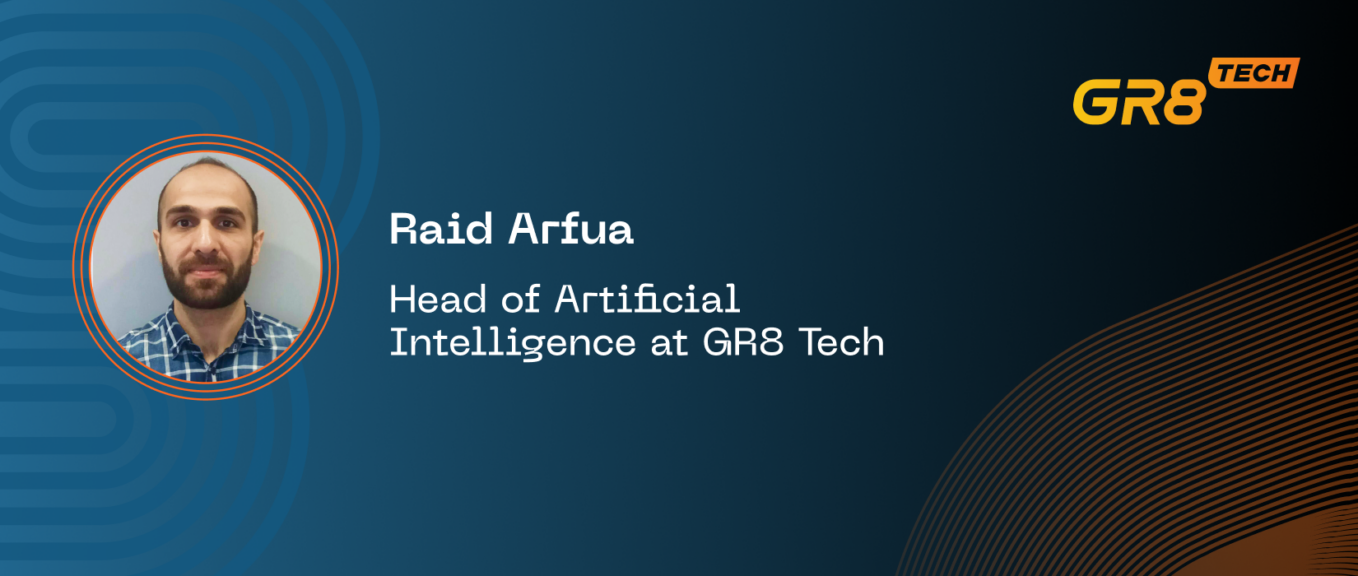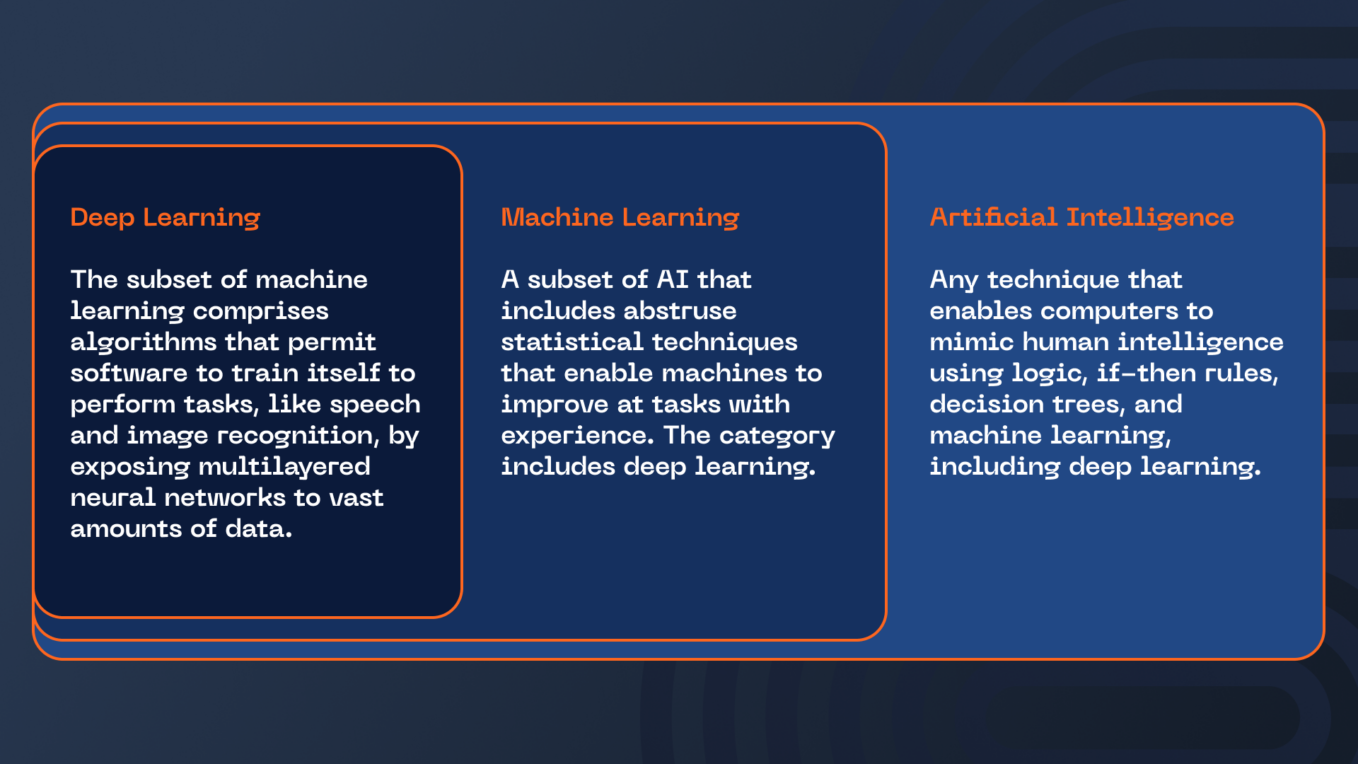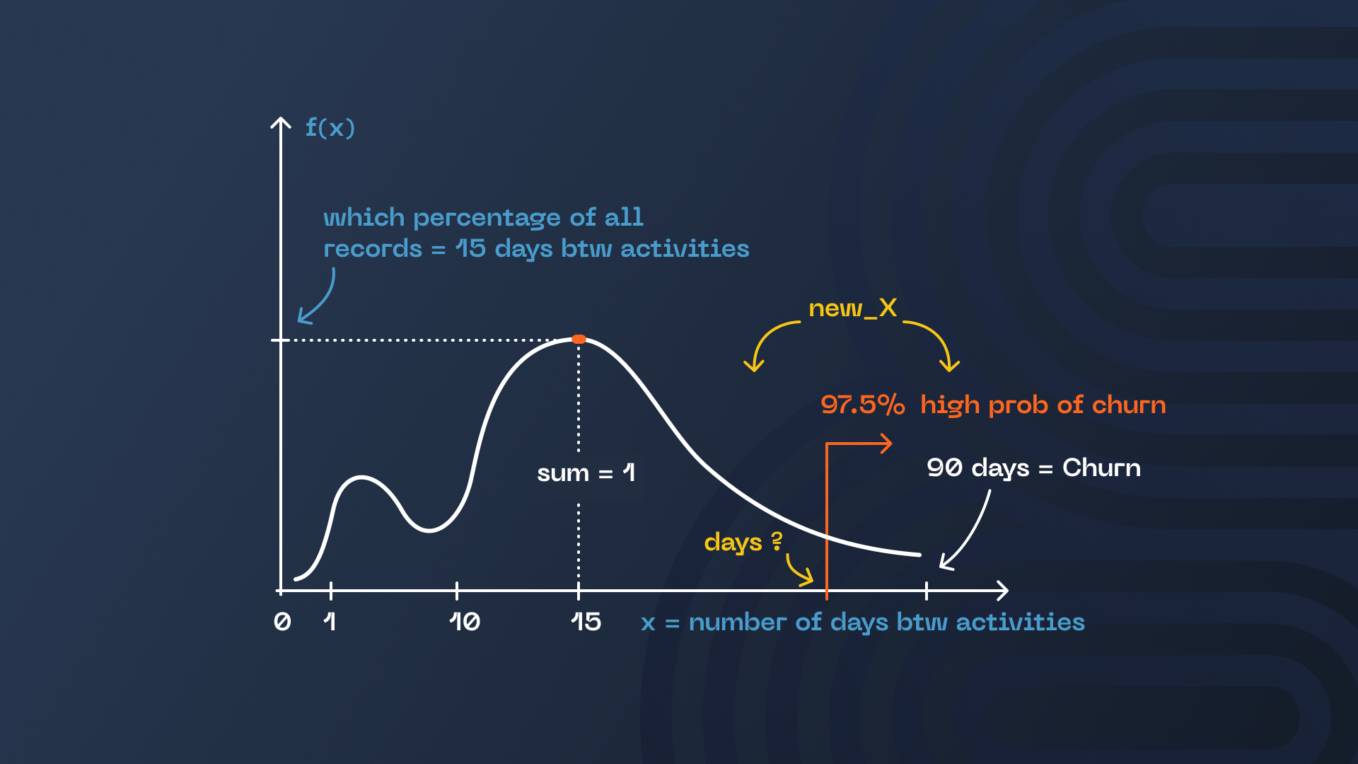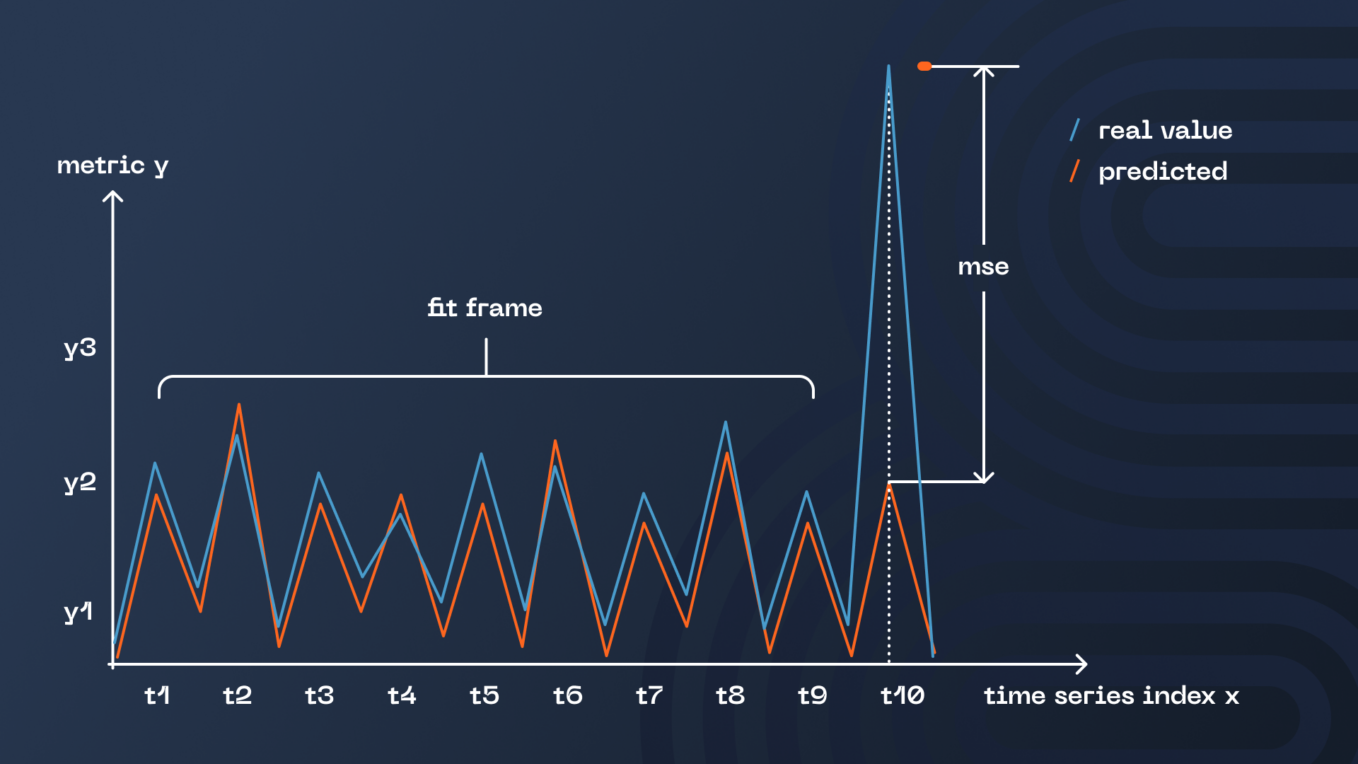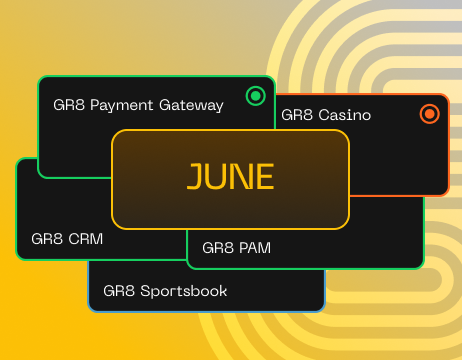Collins Dictionary named “Artificial Intelligence (AI)” its word of the year. This selection comes in light of the rapid advancement and widespread adoption of artificial intelligence throughout 2023, ushering in a new technological revolution. However, it's important to mention that AI is a vast term, sometimes overshadowing its more specific components. In iGaming, AI most commonly refers to the tried-and-true technologies of Machine Learning (ML) and Data Science. Top operators have been using these tools long before the popularity of AI systems like ChatGPT.
In this article, we will explore six practical ways of AI in iGaming with real examples.
Analyzing Player Data: Recommenders
Recommendation models represent one of the most significant domains of AI application in iGaming. They enhance player engagement, retention, and satisfaction while bolstering cross-selling efforts and increasing conversions for target actions like clicks, bets, and more. This AI-driven methodology customizes suggestions for individual players based on their historical behavior and preferences.
Within GR8 Tech's suite of sports recommendation models, the focus is on elevating the sports betting experience by offering tailored recommendations for sports events, betting opportunities, and associated content. These recommendation systems harness AI to deliver personalized suggestions that enrich the sports betting journey. The sports recommendation models developed by GR8 Tech consist of five interconnected ML models:
- Trending Event Model: This model delves into analyzing events and the intricacies surrounding them.
- Event Team Popularity: Focusing on the popularity of various teams in different events, this model offers insights to enhance recommendations.
- Team Scores Model: Evaluating team scores and performance data to provide relevant suggestions.
- Time-Based Features Model: This model considers the element of time and its impact on player preferences.
- Casino and Sports Product Times Player Preferences Segmentation: A comprehensive model that segments player preferences based on the timing of interactions with casino and sports products.
These models study players' preferences, such as the sports they favor, the teams and events that fit their interests, and other event-related attributes. By monitoring and analyzing thousands of events across diverse regions, these models generate personalized recommendations for each player, leading to improved engagement, increased betting activity, and an enhanced overall user experience.
Tournament recommendations
Tournament recommendation models enhance the user experience by offering personalized suggestions. These models foster a sense of personalization that encourages increased betting activity and engagement by ensuring that users are exposed to tournaments and events that align closely with their interests. The result is higher revenues for the online gaming platform, making these models user-centric and strategic marketing tools.
One key advantage of these models is their practicality in marketing. They enable betting platforms to strategically promote specific tournaments and events, maximizing user participation and generating excitement around featured competitions.
GR8 Tech's Tournament recommendation models leverage the core components, including the Trade event model, Event team popularity model, and Casino and sports product times payer preferences segmentation model. This synergy ensures that the player experience is continually enriched and tailored to individual preferences.
Companies use A/B testing to measure effectiveness. By comparing the engagement and conversion rates of players who receive personalized recommendations to those who do not, iGaming companies can refine their machine learning algorithms and adapt to changing user preferences. These tests balance industry trends and personalized user experiences, ensuring the recommendations remain relevant and effective.
Recommendations for CRM
The Customer Relationship Management (CRM) models utilize player data and classical Machine Learning techniques to generate personalized, automated, and precisely targeted recommendations for individual players.
An exemplary use case is the development of models that provide insights to the CRM manager. These insights include recommendations on the type of bonus to offer and the optimal timing for delivering a personalized bonus to each player.
Recommendation models for CRM results are higher revenues for online gambling platforms as players are encouraged to participate more actively in the gaming ecosystem. Moreover, CRM recommendations deliver valuable data-driven insights into player behavior and preferences, equipping companies with the knowledge to refine marketing strategies and promotions for continued growth and player satisfaction.
Transforming iGaming With Advanced Segmentation
AI segmentation in iGaming refers to categorizing players into groups based on their behavior, preferences, and characteristics using artificial intelligence techniques. This segmentation allows iGaming companies to deliver more personalized experiences, targeted marketing campaigns, and tailored recommendations.
For example, in GR8 Tech, we use ML models to find the best approach to determine product preference (casino or sport) for players with viewed pages, which covers players without placed bets yet. Thanks to that model, we can target our offering and make it more personalized.
Moreover, companies could develop product type preference prioritization models based on front-end data to cover player segments with no bets in recent times: newcomers and reactivated players. In GR8 Tech, we use 9 metrics model to rank players by product type preferences.
Thanks to those models, CRM managers can choose segments for communication and run more effective marketing campaigns by directing them to the most relevant segments, resulting in higher conversion rates and engagement. Also, by understanding player segments and their unique needs, iGaming companies can implement more effective strategies to retain players.
Retention Forecast Models
Churn and retention rates are among the most critical metrics in product unit economics. Retention forecast models are designed to anticipate which players are likely to continue engaging with the platform and which may be at risk of churning. Based on the predictions, iGaming companies can implement targeted interventions to retain players. This may include offering personalized promotions, bonuses, or customer support to players at risk of churning.
Retention forecast AI models use various predictive features, such as recent activity, player lifetime value (LTV), behavior changes, and response to promotions. The crux of these models lies in their ability to generate churn probability scores for each player. These scores indicate the probability that a player will churn within a specific timeframe. Higher scores correspond to a heightened risk of churn, enabling iGaming companies to focus their efforts where they are most needed.
GR8 Tech’s retention forecast model example for predictive analytics
Analyze Player Data For Anomaly Detection
Anomaly detection AI models are instrumental for the platform's security, proactively identifying and preventing fraudulent activities, thus safeguarding the company and its players. Furthermore, these models are pivotal in optimizing the platform's performance, ensuring that issues impacting user experience are quickly detected and addressed. Their real-time monitoring capabilities enable immediate responses to potential threats or performance anomalies. By providing insights into abnormal patterns, anomaly detection models facilitate data-driven decision-making in security, fraud prevention, and system management, ultimately contributing to the overall stability and integrity of the iGaming platform.
In GR8 Tech, the main goal of Anomaly detection is the premature detection of anomalous behavior in data, analysis of such data, setting up an alerting system, and visualization of specific cases to prevent problems that lead to negative consequences for the business. The main area is fraud detection, system fault detection, monitoring of novelty, outliers and trend changes, and seasonality in data.
To detect anomalies, we decided to use the approaches of time series anomaly detection (TSAD) and changing the sampling distribution change (DC). The primary technique of TSAD is to predict the next point in the future, using a number of points from the past, which generate the forecast. Based on this result, a statistical analysis of the predicted value and the actual metric is carried out. An independent metric must be used to predict anomalies, and a vector of additional properties or features is also possible if necessary. During the prelaunch research, we selected a list of AI algorithms and libraries to test the quality of the forecast on real cases and samples.
Analyzing player behavior, GR8 Tech predicts anomaly
Messages Generation
AI can be used by iGaming companies to create text content in various ways, enhancing their marketing, player engagement, and customer support efforts. The result can be used for personalized recommendations, chatbots and customer support, social media posts, email marketing, game descriptions, reviews, tutorials, and guides.
Consistency in tone, style, and quality of content across various channels contributes to building a solid and reliable brand image. Furthermore, the AI's multilingual capabilities make reaching diverse global player bases effortless for online casinos. The insights provided by AI-driven content creation, rooted in player preferences, inform content strategies and decisions, ultimately leading to a more engaging and effective player experience and marketing efforts within the fiercely competitive iGaming industry.
For example, GR8 Tech’s MVP AI Text generative model transforms raw input with bonus offerings into read-to-go content for email and SMS communications.
Images Generation
AI generative models significantly expedite image creation, producing rapid content for marketing materials, game development, and user interface elements. Moreover, AI generative pictures enable a high degree of customization, tailoring visual content to individual player profiles and enhancing player engagement through personalized avatars and in-game items.
Beyond speed and personalization, iGaming companies can achieve notable cost savings as AI minimizes the expenses typically associated with graphic design and art production. Furthermore, the application of AI ensures visual consistency across the platform, bolstering a unified and visually appealing brand image.
The GR8 Tech POC model helps combine different images without buying new ones from Shutterstock.
The player with a ball original image as reference, an AI-generated sketch, and an AI-generated image based on the sketch
Images generated for esports perform especially well
Lastly, AI-driven image creation sparks new realms of creative possibilities, allowing for unique and innovative visual content that might not have been achievable using traditional design methods.
Nowadays, it's not about whether you should use AI or not, but how you can make the most out of it for your business.
Raid Arfua, Head of Artificial Intelligence
🔎What do you find most interesting about AI in iGaming? Drop a comment below, and we'll make sure to cover the juiciest bits of this topic in our future posts. ⬇️⬇️⬇️









